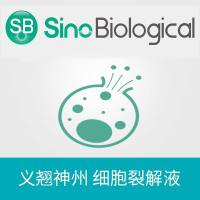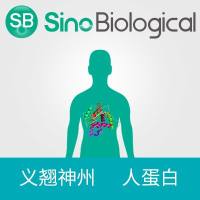Site-Directed Mutagenesis Using Positive Antibiotic Selection
A number protocols have been established for site-directed mutagenesis based on the work of Smith (1 ) and Hutchinson et al. (2 ) that use hybridization of a mismatched oligonucleotide to a DNA template followed by second-strand synthesis by a DNA polymerase. These techniques provide efficient means for incorporating and selecting for the desired mutation (3 –5 ). Oligonucleotide hybridization techniques use single-stranded DNA, usually derived from M13 phagemid vectors, which is hybridized to a mutagenic oligonucleotide. Second-strand synthesis is primed by the mutagenic oligonucleotide to provide a heteroduplex containing the desired mutation. If no selection method for mutants is employed, the theoretical yield of mutants using this procedure is 50% (owing to the semiconservative mode of DNA replication). In practice, however, the yield of mutants may be much lower. This is assumed to be owing to such factors as incomplete in vitro DNA polymerization, primer displacement by the DNA polymerase used to synthesis the second strand, and in vivo host-directed mismatch repair mechanisms that favor the repair of the nonmethylated newly synthesized mutant strand (6 ). Several improvements have been developed that increase the efficiency of mutagenesis to the point where greater than 90% of recovered clones incorporate the desired point mutation. The Altered Sites II Mutagenesis Systems use antibiotic resistance to select for the mutant strand to provide a reliable procedure for highly efficient site-directed mutagenesis.
![预览]()






